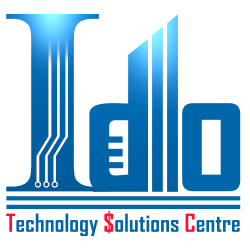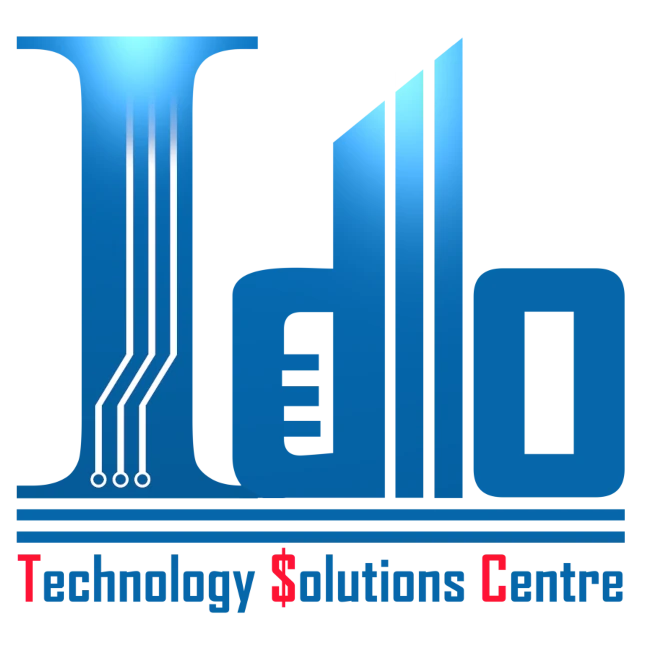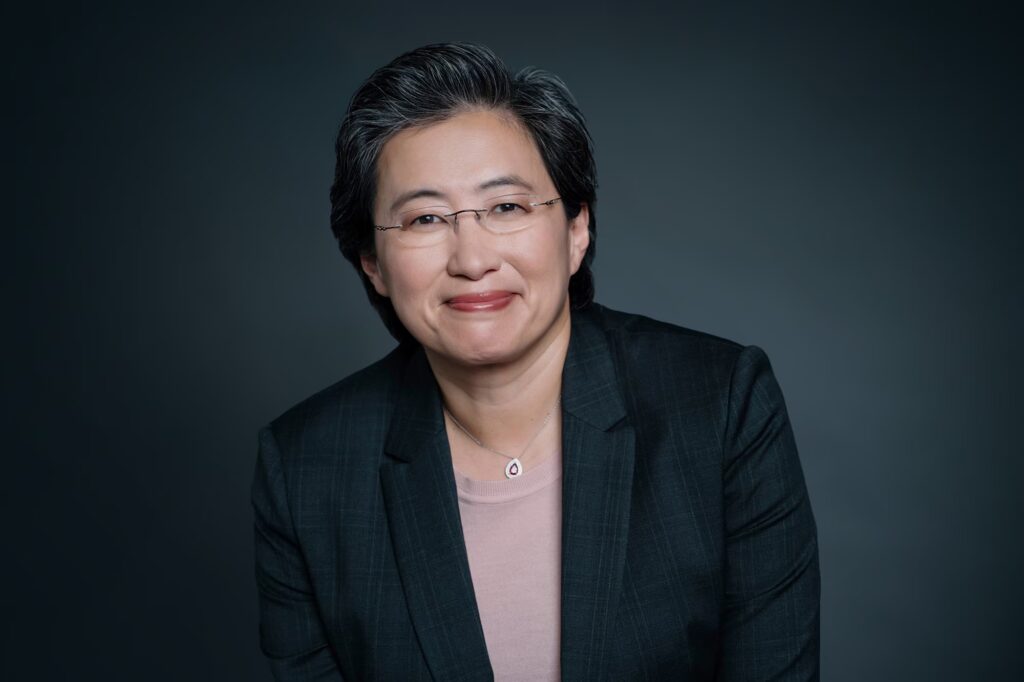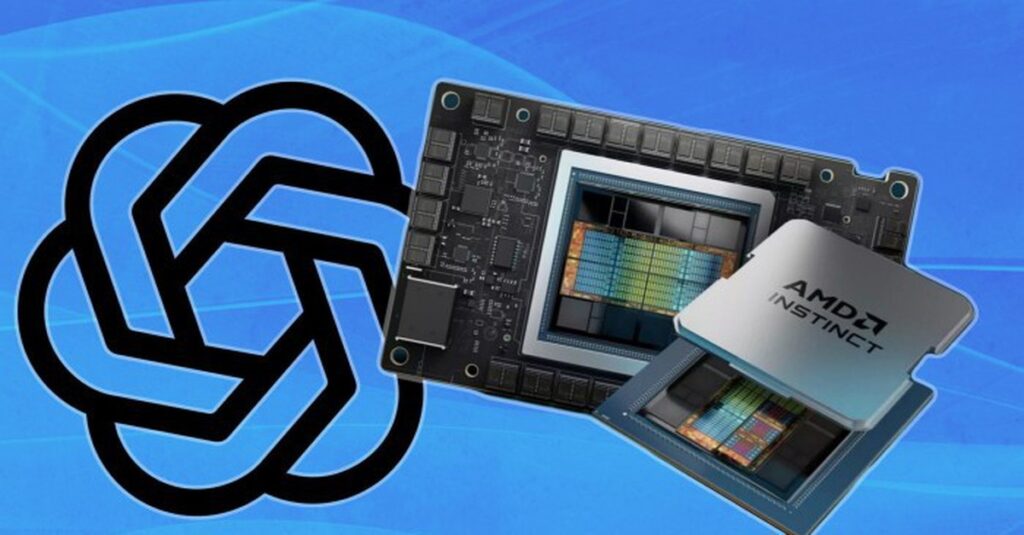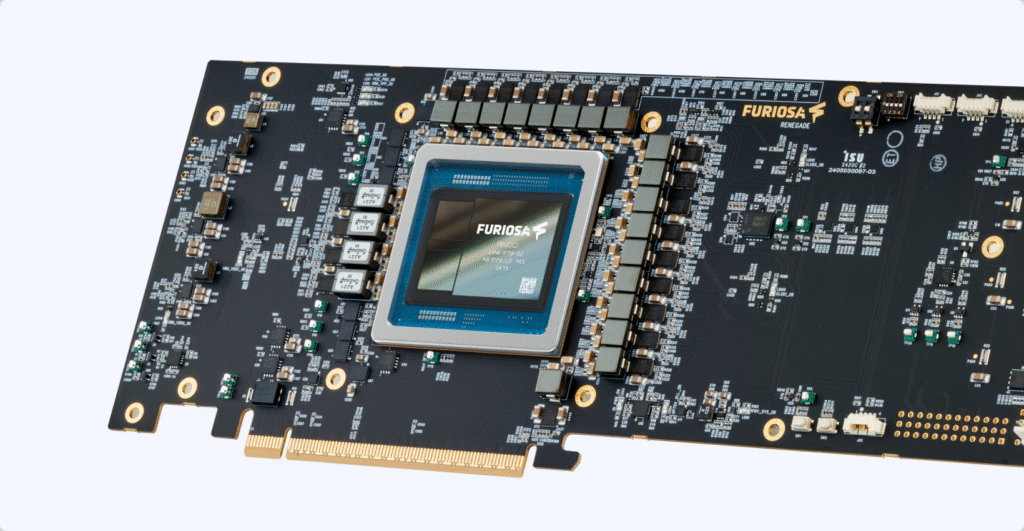Vietnam’s Vision to Lead the 5G – AI Ecosystem: Strategy, Success, and Regional Cooperation
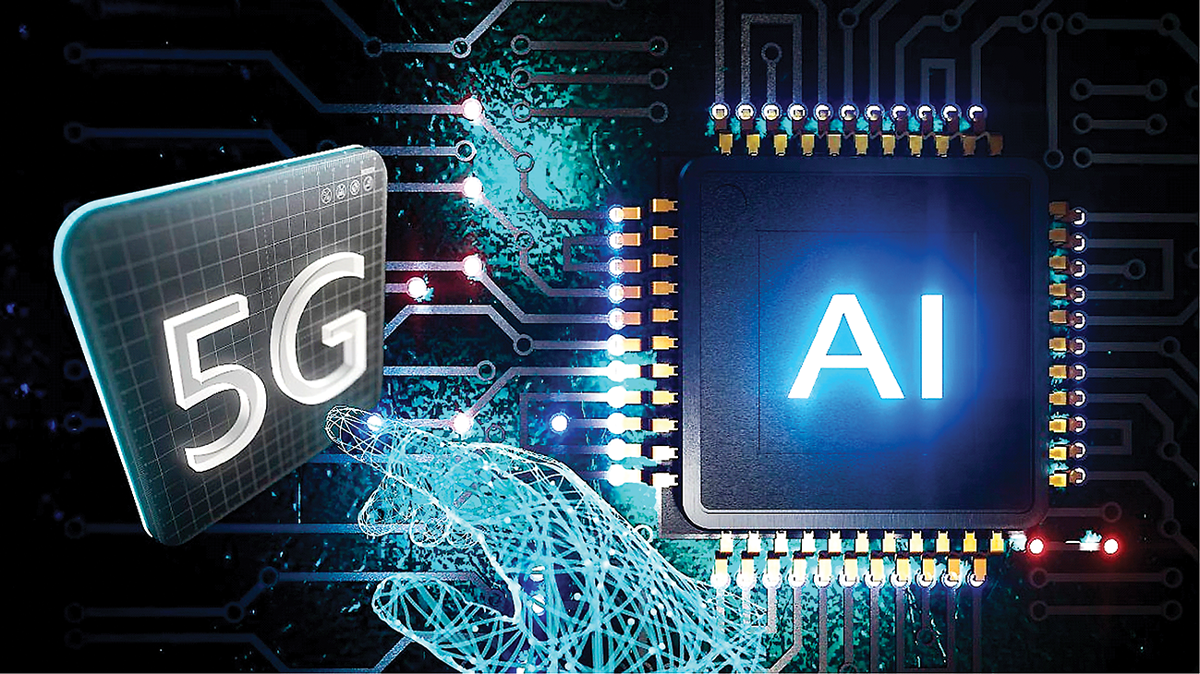
Introduction: Vietnam – A Bright Spot Shaping ASEAN’s Digital Future
In the era of comprehensive and sustainable digital transformation, the combination of fifth-generation mobile network technology (5G) and Artificial Intelligence (AI) has become a key driver, opening the door to a connected and intelligent digital society. The 6th ASEAN 5G Conference, held within the framework of Vietnam International Digital Week 2025, with the theme “5G and AI: Jointly Driving Sustainable, Inclusive, and Equitable Digital Transformation,” not only reflects the inevitable trend of the era but also affirms Vietnam’s increasingly prominent role in the region.
Vietnam, with impressive initial successes in spectrum planning and application deployment, is expected to lead the formation of a dynamic and innovative 5G – AI ecosystem in ASEAN. This ambition is not limited to upgrading network infrastructure but also aims to build a solid technological foundation where the ultra-high speed of 5G combines with the learning and automation capabilities of AI to solve socio-economic challenges, thereby promoting sustainable and equitable growth for the entire community. This article will deeply analyze the symbiotic relationship between 5G and AI, the strategic factors behind Vietnam’s success, and the importance of regional cooperation in unlocking the potential of the smart connectivity era.
Chapter I: Technological Synergy: 5G as Key Infrastructure, AI as the Optimization Driver
The relationship between 5G and AI is not merely coexistence but a two-way synergistic mechanism that creates superior added value compared to when these two technologies operate independently. Deputy Minister of Science and Technology (MoST), Bui The Duy, profoundly emphasized that: “5G is not only essential infrastructure for the digital economy but also a vital driving force for developing AI.”
1. The Role of 5G: The Accelerating Push for AI
AI technology, especially Deep Learning and Reinforcement Learning models, requires the ability to process massive amounts of data in real-time. 5G provides the necessary physical foundation to turn AI’s potential into reality:
- Ultra-High Speed Connectivity: With theoretical speeds reaching up to 10 Gbps, 5G enables the instantaneous transmission and processing of large datasets (Big Data) collected from billions of IoT devices, smart cameras, and sensors in industrial, healthcare, and transportation environments. The explosion of Edge AI, where data processing happens right at the source, would be impossible without 5G’s massive bandwidth.
- Ultra-Low Latency: 5G latency can drop below 1 millisecond. This is a crucial factor for critical AI applications requiring near-instantaneous response, such as remote surgery, Autonomous Vehicles, or Industrial IoT. Low latency ensures the stability and safety of decisions made by AI.
- Real-time Data Processing Capability: With massive Machine Type Communications (mMTC) capability, 5G allows AI to be deployed more widely, collecting data from a dense network of sensors, enabling AI models to continuously learn and adapt to changing environments.
2. The Role of AI: Optimizing and Enhancing 5G Network Efficiency
The relationship is two-way, as AI also acts as the intelligent “brain” that helps the 5G network operate more efficiently and sustainably. AI optimizes the 5G network across several aspects:
- Intelligent Traffic Management: AI can predict network usage demand based on time, location, and events, thereby automatically and flexibly allocating network resources (Network Slicing), minimizing congestion and improving user experience.
- Energy Efficiency: Using machine learning algorithms, AI can automatically adjust the transmission power of base stations (gNBs) based on user density and behavior, significantly saving energy while ensuring service quality, contributing to sustainable development goals.
- Enhanced Operational Efficiency and Quality of Service (QoS): AI supports automated network fault detection, diagnosis, and resolution (Self-Organizing Networks – SON), minimizing manual intervention and consistently improving network service quality.
In summary, the two-way complementary relationship between 5G and AI is the key to unlocking a smart and sustainable digital ecosystem, where technology better serves people and society, and is the driving force behind Vietnam’s expected leadership role.
Chapter II: Smart Spectrum Strategy – Vietnam’s Key to Success
Vietnam’s success in applying AI and 5G is not accidental but the result of a smart and rational strategy for planning and utilizing radio frequency spectrum. Mr. Le Van Tuan, Director General of the Authority of Radio Frequency Management (ARFM), shared this key experience, confirming that Vietnam has achieved a “leap forward in mobile Internet speed.”
1. Ensuring Sufficient Spectrum for Broadband Development
The most fundamental factor is ensuring the provision of sufficient spectrum for 5G technology. Vietnam has allocated a significant amount of spectrum, including 100 MHz in the Mid-Band and 700 MHz in the Low-Band.
- Mid-Band (e.g., 3.5 GHz): Providing 100 MHz is an ideal frequency range to balance high transmission speeds and broad coverage. This is the “backbone” for high-speed 5G services in urban and peri-urban areas.
- Low-Band (e.g., 700 MHz): Provides extensive coverage, which is especially important for achieving the goal of popularizing 5G services in rural areas, reducing the digital divide between urban and rural regions.
Providing sufficient spectrum, especially the harmonious combination of Low-Band and Mid-Band, is a prerequisite for network operators to deploy effective 5G networks, ensuring both speed and coverage range.
2. Maintaining Reasonable Spectrum Costs
The difference and a factor creating a major competitive advantage for Vietnam is maintaining spectrum costs at an extremely reasonable level, accounting for only about 6% of network operators’ revenue.
- Economic Benefits: Low spectrum costs help network operators reduce initial financial burdens and reinvest profits into upgrading and expanding the 5G network infrastructure. This accelerates deployment speed and service price competitiveness, directly benefiting consumers and businesses.
- Driving Commercialization: Reasonable costs are a crucial impetus for 5G commercialization, helping the transition from the testing phase to mass deployment faster and more sustainably than in many other countries in the region, where spectrum costs can account for a much higher percentage.
Based on Vietnam’s successful experience, Director General Le Van Tuan recommended that ASEAN countries maintain spectrum costs within the range of 5-7% of revenue to maximize investment efficiency and technology adoption.
3. Preparing for the IMT-2030/6G Era
Not stopping at 5G, Vietnam’s strategy also looks further into the future. The Director General of ARFM emphasized the need to prepare early for the IMT-2030/6G phase, especially focusing on the 6425–7125 MHz band. Proactive planning and exploitation of new frequency bands will help Vietnam and ASEAN avoid falling behind in the global technology race, ensuring the continuous development of the digital economy.
Chapter III: Support Policies and Commitment to International Cooperation
The smart spectrum strategy is reinforced by supportive policies from the Government and close international cooperation commitments, creating a favorable environment for the development of the 5G – AI ecosystem.
1. National Investment Support Policy
Vietnam has implemented Resolution 193 of the National Assembly, a practical financial support policy, specifically assisting with 15% of equipment costs for telecommunications enterprises. This policy is significant in mitigating investment risks and encouraging network operators to accelerate 5G deployment nationwide.
The specific and ambitious goal is to cover 90% of the population with 5G by 2025. This is a high universality goal, demonstrating Vietnam’s determination to bring advanced technology to all citizens, not just in major cities but also in remote areas, ensuring the inclusiveness and equity of the digital transformation process.
2. Commitment to Partnership and International Cooperation
The development of the 5G – AI ecosystem in Vietnam is linked to the companionship and close cooperation with leading global and regional technology corporations. Vietnam has cooperated extensively with major partners such as Qualcomm, Ericsson, Nokia, Huawei, along with strong domestic telecommunications corporations like Viettel, VNPT, MobiFone.
Deputy Minister Bui The Duy affirmed the commitment of the Vietnamese MoST: “we will continue to accompany, support, and promote international cooperation, contributing positively to the development of a dynamic, innovative, and sustainable ASEAN digital community.” This commitment is a promise of a stable, transparent, and open policy environment, ready to adopt and apply the most advanced technologies from around the globe.
This cooperation is not limited to technology transfer but also extends to Research and Development (R&D), training high-quality human resources, and building common standards, thereby enhancing the nation’s technological self-reliance.
Chapter IV: Regional Cooperation and Facing Global Challenges
Despite notable successes, the path to 5G development and 6G preparation is not smooth, requiring strong cooperation at the regional and international levels.
1. Challenges in 5G Deployment within the Region
The Secretary General of the APT (Asia-Pacific Telecommunity), Mr. Masanori Kondo, pointed out four main challenges the region is facing in the 5G deployment process:
- Disparity in Progress between Countries: The speed and extent of 5G deployment are uneven across member states, creating differences in digital capacity and economic potential.
- Commercialization Difficulties: Finding viable business models (use cases) to commercialize 5G beyond consumer mobile services remains a difficult problem.
- Urban – Rural Digital Divide: 5G services are primarily concentrated in urban areas, widening the digital gap between cities and rural regions.
- High Spectrum Costs: Excessive spectrum auction costs in some countries are a significant barrier, slowing down the process of investment and network deployment.
2. APT’s Call for Cooperation
To overcome challenges and unlock the full potential of 5G, while preparing for the 6G/IMT-2030 era, the APT called for:
- Enhanced Policy Cooperation: Building a common policy framework, supporting investment, and reducing administrative barriers.
- Spectrum Harmonization: Synchronizing the allocation and use of critical frequency bands in the region, facilitating the development of the device and service ecosystem.
- Promoting International Standards: Adopting common standards to ensure compatibility and seamless connectivity between countries, moving towards comprehensive connectivity in the new era.
3. The AI Trend Accelerating Global Data Traffic
Qualcomm representative, Ms. Nies Puwati, Director of Government Relations Southeast Asia, provided a global perspective on data growth rate and the role of AI. According to her, global mobile data traffic is forecasted to increase 4 times by 2030. Notably, AI is predicted to account for up to 33% of global WAN (Wide Area Network) traffic, demonstrating the deep integration of AI into every aspect of the network and digital life.
This explosion further strengthens the importance of 5G and 6G in providing the necessary bandwidth and speed to sustain the growth of AI services.
Chapter V: The 6G/IMT-2030 Vision: Comprehensive Smart Connectivity
Moving into the next decade, the vision for 6G (or IMT-2030) forecasted by the ITU-R is expected to completely redefine connectivity and technological experience.
1. Totally New Experiences and Spectrum Expansion
6G is expected to unlock entirely new experiences, far exceeding the mere data transmission capability of 5G. This includes:
- Utilizing the Entire Spectrum: 6G will leverage all frequency bands, including the THz (Terahertz) band, to serve global smart connectivity. The THz band, with its ultra-wide bandwidth, will support massive data transmission applications and advanced sensing systems.
- AI-Native Communications Applications: Unlike 5G, where AI is added to optimize the network, 6G will integrate AI from the core design of the network architecture and protocols. The network will intelligently self-learn, self-configure, and self-heal, maximizing performance and reliability.
2. Integrating the Physical, Digital, and Virtual Worlds
The ultimate goal of 6G is the Integrated Physical, Digital, and Virtual Worlds. This enables the creation of highly realistic virtual environments (Metaverse), accurate digital replicas of the real world (Digital Twins), and more intuitive human-computer interfaces. This integration is not just a technical advancement but a societal leap forward, unlocking entirely new possibilities for interaction and work.
Conclusion: Shaping a Sustainable Digital Future with ASEAN
The 6th ASEAN 5G Conference has once again affirmed Vietnam’s position and leading role in regional cooperation on 5G and AI. With a smart spectrum planning strategy, reasonable costs, and strong support policies, Vietnam has built a solid foundation to achieve high 5G popularization goals.
The participating parties at the Conference reached an important consensus: to continue spectrum harmonization, standard synchronization, and expand investment cooperation. The spirit of the era dictates that development must be linked with innovation, cooperation, and social responsibility. Vietnam, through its partnership with major technology corporations and commitment to promoting international cooperation, is contributing to shaping a dynamic, innovative, and sustainable digital future for ASEAN. In this digital ecosystem, technology is not just about connecting data; it is a bridge connecting people and knowledge across the region, paving the way for a comprehensive and smart connectivity era.
